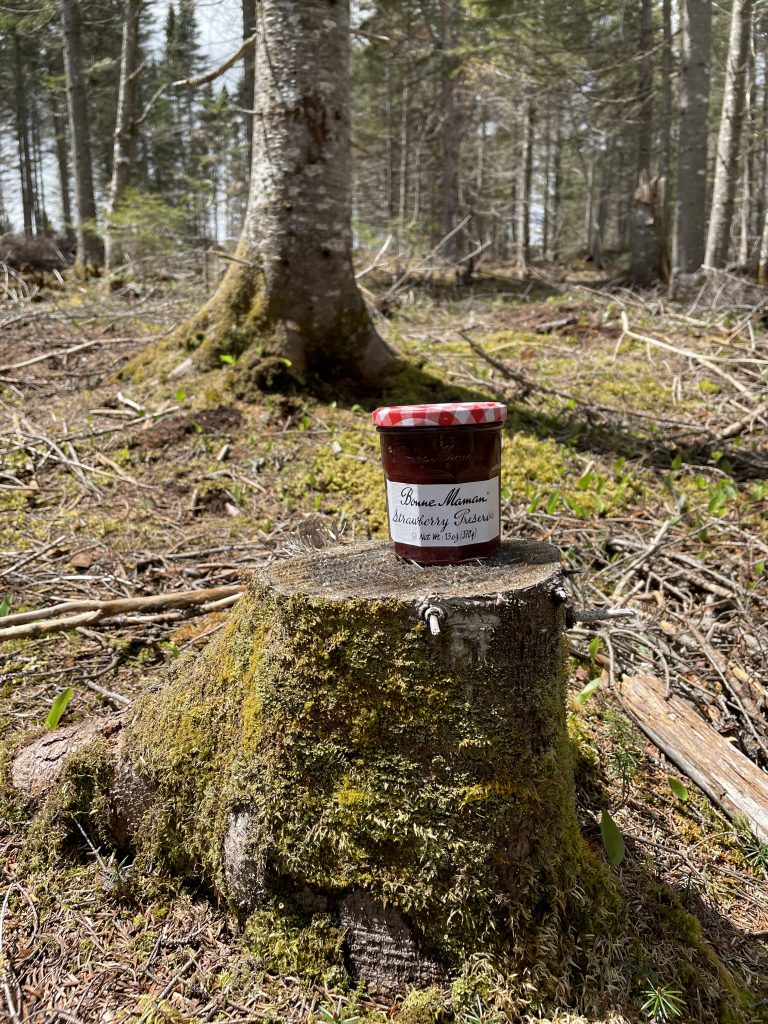 As the global wood product marketplace has begun to digest the implication of the new EU Deforestation Regulation (EUDR), the folks responsible for its implementation are clearly getting a lot of direct questions. They decided to release some initial guidance in the form of a Frequently Asked Questions (FAQ) document. It is worth reading – both for what it tells us and for what it does not.
As the global wood product marketplace has begun to digest the implication of the new EU Deforestation Regulation (EUDR), the folks responsible for its implementation are clearly getting a lot of direct questions. They decided to release some initial guidance in the form of a Frequently Asked Questions (FAQ) document. It is worth reading – both for what it tells us and for what it does not.
Georeferencing
Our first article on this subject focuses on georeferencing as the key item that seems most likely to toss a monkey wrench into the international wood product markets. The EU Commission seem to understand this concern as they address this subject right up front in Question 1:
They address the subject, but not in a way that is very helpful. Why is georeferencing required? Because it “is necessary”. Why is it necessary? Because it is “a core part of the Regulation”. What sort of location is expect? Plots of land as small as 4 hectares, located to 6 decimal degrees of precision.
Complications of Commodity Markets?
The next series of questions attempt to address the real-world complexities of bulk markets for commodities.
In response to questions about the practical absurdity of providing single source locations for large-scale manufactured commodities in a complex, multi-layered supply chain, the Commission just repeats itself. Traceability is required for “every relevant commodity back to its plot of land”. How many plots of land? “All plots of land”.
What is “A Plot of Land”?
The Commission answers this critical question briefly and simply:
Mobile Phones
In response to questions about the practical impossibility of collecting, collating, tracking, managing, and presenting this mind-numbing amount of information, the Commission simply points out the existence of mobile telephones. Apparently, the panacea for all our troubles.
The existence of modern pocket-sized electronic devices seems to preclude any of the obvious creative solutions to the georeferencing question. Can large-scale wood buyers designate and assess large, low risk source areas? Apparently not.
Because of the magical property of mobile phones the Commission makes it clear that “operators” (including importers, traders, manufacturers, and converters) will be expected to maintain meaningful and auditable source traceability for supply chains of any complexity. Failure to do this will constitute a violation of the regulation.
Is This Possible?
In a word: no.
There are probably segments of the North American commodity wood product marketplace that can, and possibly will, collect and maintain meaningful and comprehensive sourcing databases that comply with the EUDR regulation. But for the most part, there is simply no infrastructure to support this sort of traceability requirement. Just as important, there are serious cultural, legal, and commercial barriers to establishing one. The EUDR is more than just an inconvenience. It is a practical impossibility.




